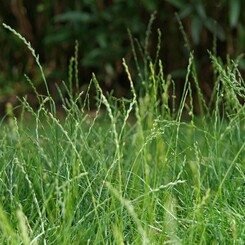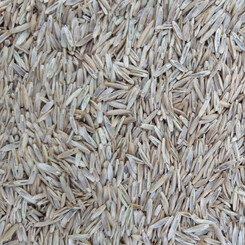Ryegrass
Secale cereale
Know in the States as Winter Rye.
Can be grown in areas with lower fertility and temperature.
Very popular autumn-sown crop.
More winter hardy than other cereals.
Tolerates temperatures of 0.5 degrees C
Great to be used in autumn-sown cover crop.
Can increase microbiological activity and generally improve soil tilth
It’s inexpensive, readily available, easy to sow and grow, and easy to till under.
Produces more dry matter in the spring than other cereal grains and its extended, deep roots have a beneficial effect on tilth.
The prolific root system enables Ryecorn to withstand drought better than other cereal grains.
Winter rye cover crops grow in low-fertility soil better than other grains.
Growing Ryecorn as a cover crop is an excellent choice.
Growing Ryecorn grass as a cover crop is simple.
It thrives in well-draining loamy soil but is also tolerant of heavy clay or sandy soil.
The preferred pH for growing winter rye is 5.0-7.0, but it is unfussy and will grow in the range of 4.5-8.0.
Ryecorn cover crops are sown in early to late autumn near the first light frost. This is to assure a good amount of ground cover to protect against winter soil erosion; a high seeding rate is used.
Do not sow Ryecorn more than 5 cm deep.
Ryecorn rarely needs any additional fertilizer, as it uptakes nitrogen in residual soil when it follows other crops that have been fertilized with nitrogen.


